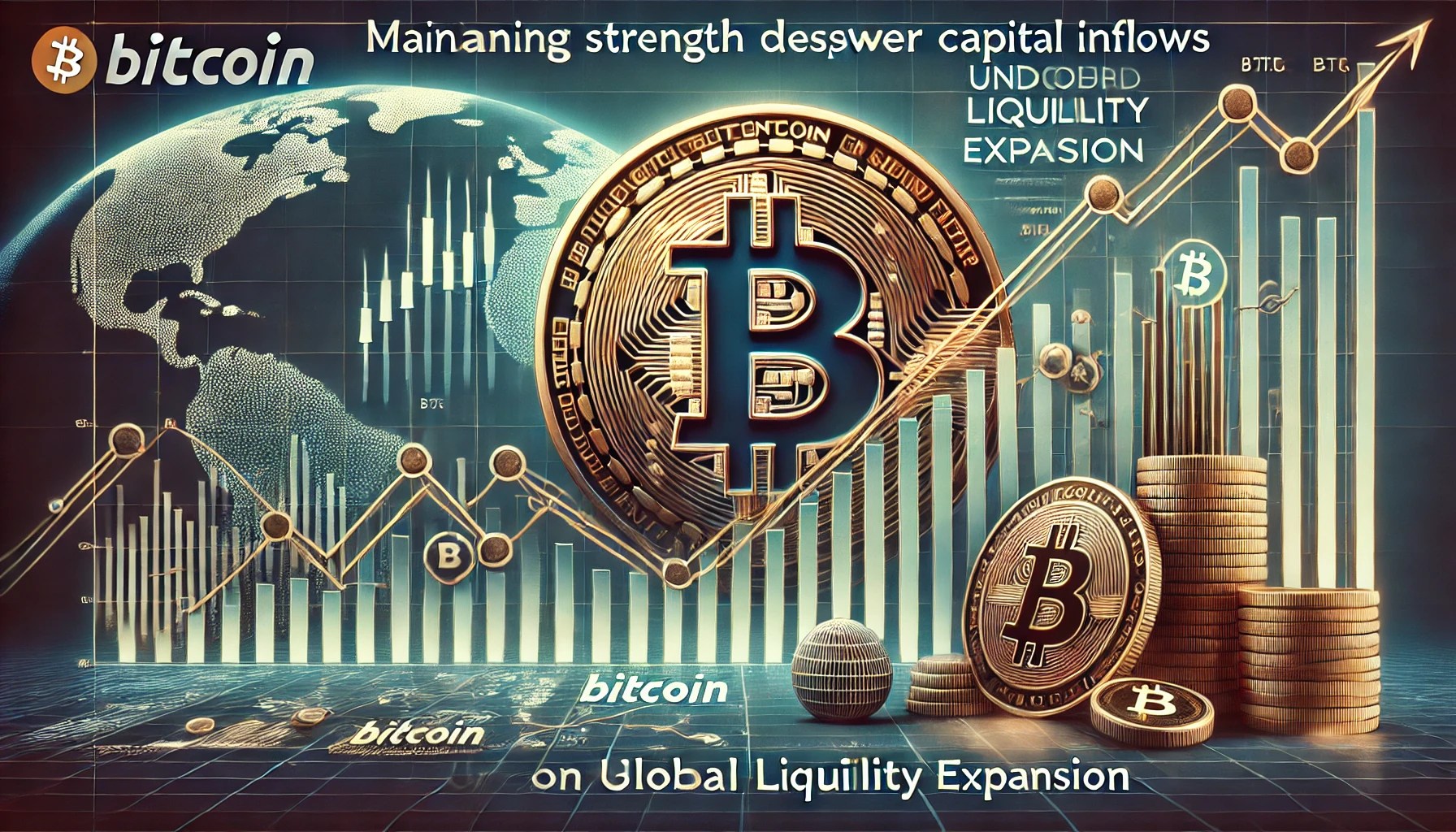A Catastrophic Q1 2025 for Bitcoin and Ethereum: An In-depth Analysis and Forecast for Q2 2025
The first quarter of 2025 has been a tumultuous one for the cryptocurrency market, with Bitcoin and Ethereum experiencing significant declines. As of now, the bearish trend shows no signs of abating, leaving investors and traders alike wondering what lies ahead for the rest of the year.
Market Signals and Analysis
Let’s begin by examining the market signals that have contributed to the catastrophic Q1 2025 for Bitcoin and Ethereum. One of the most notable indicators has been the sustained decline in trading volume. For both Bitcoin and Ethereum, trading volume has dropped by over 50% since the beginning of the year.
Another significant factor has been the increasing correlation between Bitcoin and traditional financial markets. As stocks and bonds have continued to decline, so too have the prices of the two leading cryptocurrencies. This correlation is a departure from the decoupling trend that many investors had hoped for.
Forecasts for Q2 2025
Looking ahead to Q2 2025, the outlook for Bitcoin and Ethereum remains uncertain. Some analysts are predicting a continuation of the bear market, with prices potentially dipping below key support levels. Others, however, believe that the cryptocurrencies may experience a rebound, driven by increased institutional investment and regulatory clarity.
One potential wildcard in the equation is the ongoing debate over the potential implementation of a global digital currency. If a major central bank, such as the Federal Reserve, were to announce the launch of a digital currency, it could have a significant impact on the prices of Bitcoin and Ethereum. Some analysts believe that such an announcement could lead to a further decline in the prices of the two cryptocurrencies, while others argue that it could lead to increased demand.
Impact on Individuals
For individual investors, the catastrophic Q1 2025 for Bitcoin and Ethereum has been a painful experience. Those who have held onto their investments through the downturn may be feeling a sense of frustration and uncertainty, while others may be considering selling their holdings and cutting their losses. It is important for investors to remember that the cryptocurrency market is highly volatile, and that short-term declines do not necessarily signal the end of the bull market.
Impact on the World
The impact of the catastrophic Q1 2025 for Bitcoin and Ethereum extends beyond individual investors. The cryptocurrency market plays an increasingly important role in the global economy, and its fortunes can have far-reaching consequences. For example, a continued decline in the prices of Bitcoin and Ethereum could lead to reduced confidence in the overall crypto market, potentially leading to a ripple effect throughout the global financial system.
Additionally, the cryptocurrency market has been a source of innovation and experimentation, with new use cases and applications emerging all the time. A prolonged bear market could stifle this innovation, as companies and developers may be less willing to invest in cryptocurrency-related projects.
Conclusion
In conclusion, the catastrophic Q1 2025 for Bitcoin and Ethereum has left many investors and observers wondering what lies ahead for the rest of the year. While the outlook remains uncertain, it is important for individuals to remember that the cryptocurrency market is inherently volatile, and that short-term declines do not necessarily signal the end of the bull market. For the world at large, the impact of the bear market extends beyond the financial sector, with potential consequences for innovation, confidence, and the global economy as a whole.
- The first quarter of 2025 has seen significant declines in the prices of Bitcoin and Ethereum.
- Market signals, such as declining trading volume and increasing correlation with traditional financial markets, have contributed to the bearish trend.
- Analysts predict a continuation of the bear market, but some believe that a rebound is possible.
- Individual investors may be feeling frustration and uncertainty, while the impact on the world extends beyond the financial sector.





